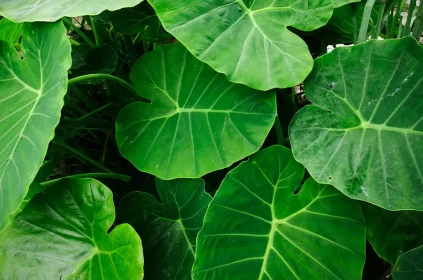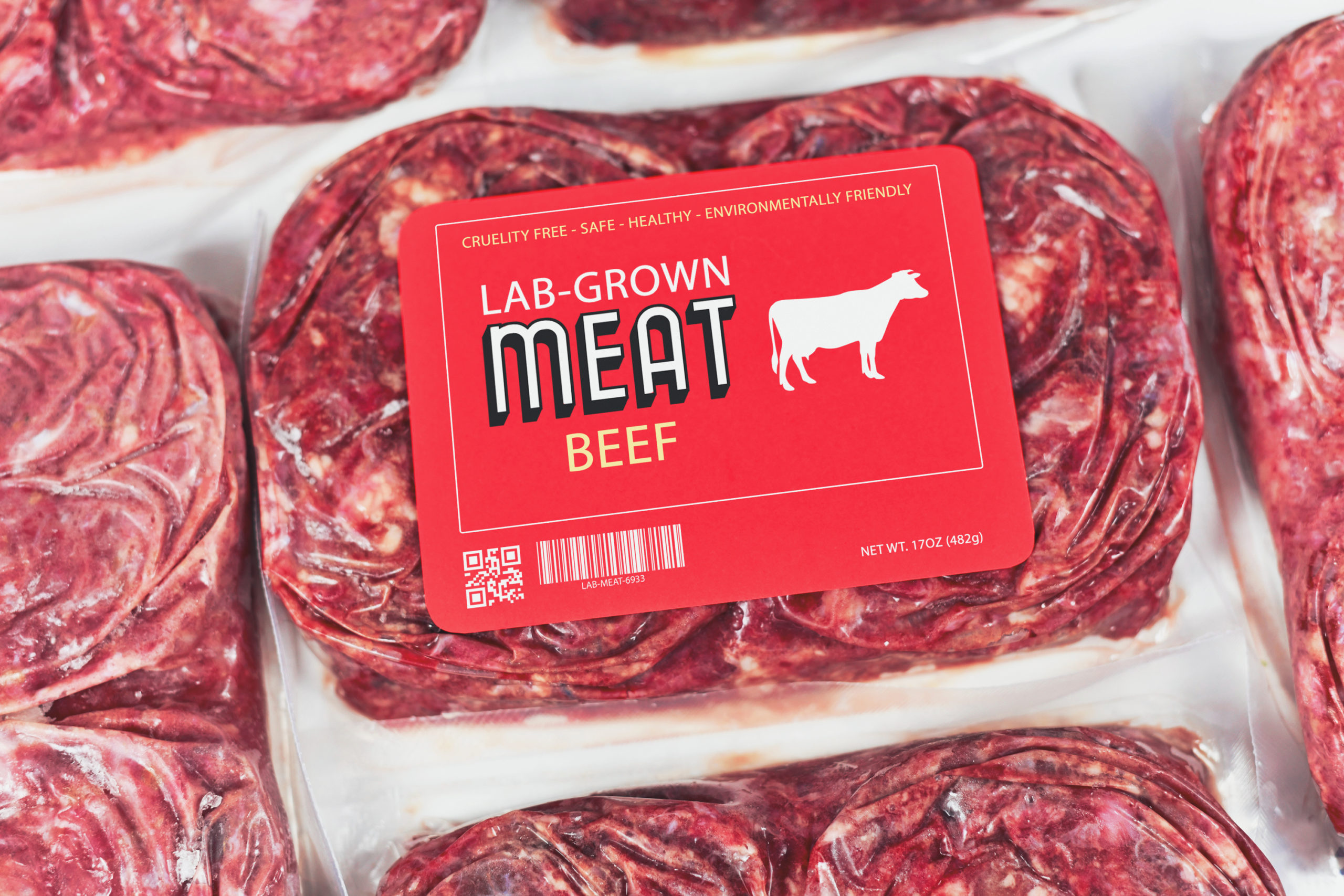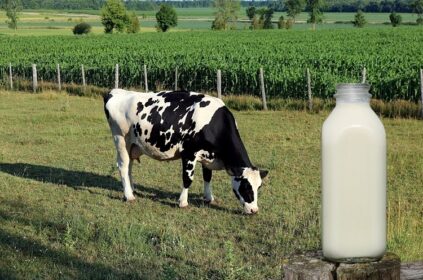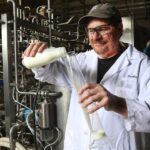Who doesn’t love a good, cold beer? However, the beer we drink today is not the same as the beer our ancestors drank.
But there are companies committed to bringing back the old flavors of ancestral beer for you to enjoy in modern times.
A successful beverage
Beer is the 3rd most consumed drink in the world and, among alcoholic drinks, it is in 1st place. Despite its popularity, Brazil is not the champion in beer consumption. This place is occupied by the Czech Republic, a country where each inhabitant consumes, on average, 184 liters of beer per year. They probably need a lot of hangover recovery techniques!
In our country, this number is much lower. Around just 67 liters per year for each Brazilian. We are much more controlled, do you agree?

Graph that illustrates the most beer-consuming countries./ Image: MrBeer
Consumers have been looking for more natural drink options, like the way our ancestors drank. And the market is keeping an eye on this trend.
The ancestral beer
It is estimated that around 45 million years ago, a leaf ended up inside a piece of amber and managed to survive to this day. So, a biologist bought the piece in the 90s and managed to identify and extract an ancestral yeast that was in a dormant state.

Piece of amber with yeast
This yeast was the beginning of Fossil Fuels Brewing Co. a North American brewery that produces the ancient beer. They tested in the laboratory whether the brewer’s yeast strain Saccharomyces cerevisiae could effectively generate quality beer. The first batches were bad, but little by little they learned how to produce the drink.

More ancestry
Later, in 2014, a beer produced with yeast found in a whale fossil that was 35 million years old emerged. The American organization Paleo Quest extracted the yeast used in the beer Bone Dusters Paleo Ale from the Lost Rhino brewery. Additionally, part of the proceeds from sales are donated to school science programs.

Another American microbrewery, Dogfish Head, makes an ancient beer, Kvasir, based on a recipe found in a 3,500-year-old Danish vase. The recipe includes wheat, cranberries, pineapple syrup and honey.

Sam Calogione, founder of Dogfish Head, explains that: “Long before the medieval German purity law required beer to be made with water, hops and barley, ancient breweries made the most of whatever ingredients they had on hand and their beers were so colorful and as creative as their cultures”.
Ancient drink
In 2015 archaeologists from Stanford University conducted studies in China. They found traces of a 5000-year-old brewery in ceramic vessels buried in underground wells, evidence of barley and corn beer production in the country.
By analyzing the composition of the waste, they were able to recreate the original recipe. Chinese brewer Jing-A Brewing Co produces the drink on a commercial scale. The students also took small tests in class. The beer has a light, fruity and slightly acidic flavor.

Constraints that lead to innovations
In 1516, the Duchy of Bavaria in Germany imposed a law on brewers designed to reserve ingredients such as wheat and rye for baking bread. In this way, the decree restricted brewers to using only barley, hops, water and yeast to make their drinks.
Additionally, the law limited brewing to winter, which favored a cold-tolerant yeast called Saccharomyces pastorianus, which produces lager, over the more common S. cerevisiae, which produces lager.
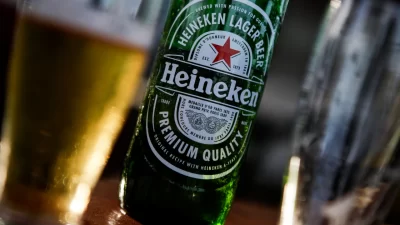
Heineken is the best-selling lager beer in the world./ Image: Diego Herculano/NurPhoto/Divulgação
That is, this 16th century shift from S. cerevisiae to S. pastorianus led to a global shift that continues to this day, since more than 90% of beer sold around the world today is lager.
Your home-made ancestral beer
It is believed that it was in Africa, in 4000 BC, that the first fermented drink appeared, which would later be called beer. Currently, especially after the pandemic, many people have stopped to look at these ancestral techniques and ferment their own beer at home.
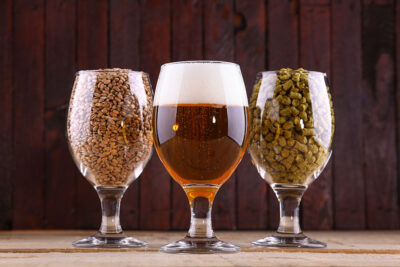
Craft beer is gaining popularity among consumers/ Image: ShutterStock
Homebrewed ancient beer is an unpasteurized alcohol from a time when the Egyptians turned malt and yeast into humanity’s first drink. This is because to sell something on a large scale, it needs to have a standard flavor reproduced from one bottle to another. With a homemade beer, no two are alike. Just as it was done by our ancestors.
Finally, who knew that an old recipe makes good beer? So, are you going to try this innovation with a taste of antiquity?
If you found it interesting to know that our ancestors already produced beer, you will also like to know that they also already had techniques for nature preservation and climate resilience, we talk about all of that here.
Sources: BBC Science Focus Globo Science News, Fox Business Cerveja e Tremoço, Northern Virginia, Eater, SF Gate, CNN, News Stanford
PS: Article originally written on 06/21/2017 and published here on 08/20/2023.



